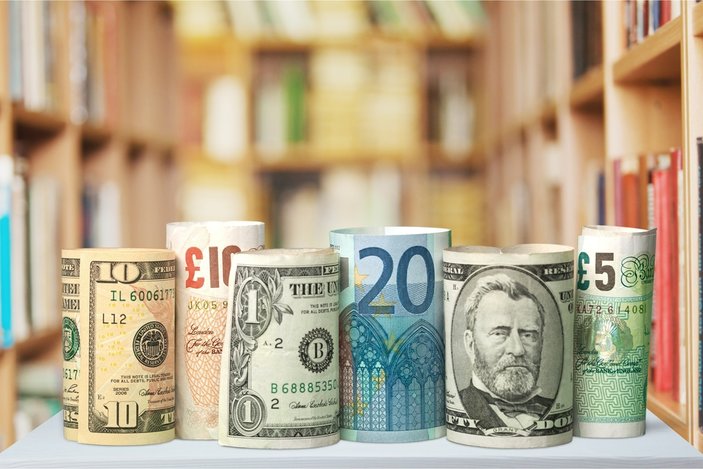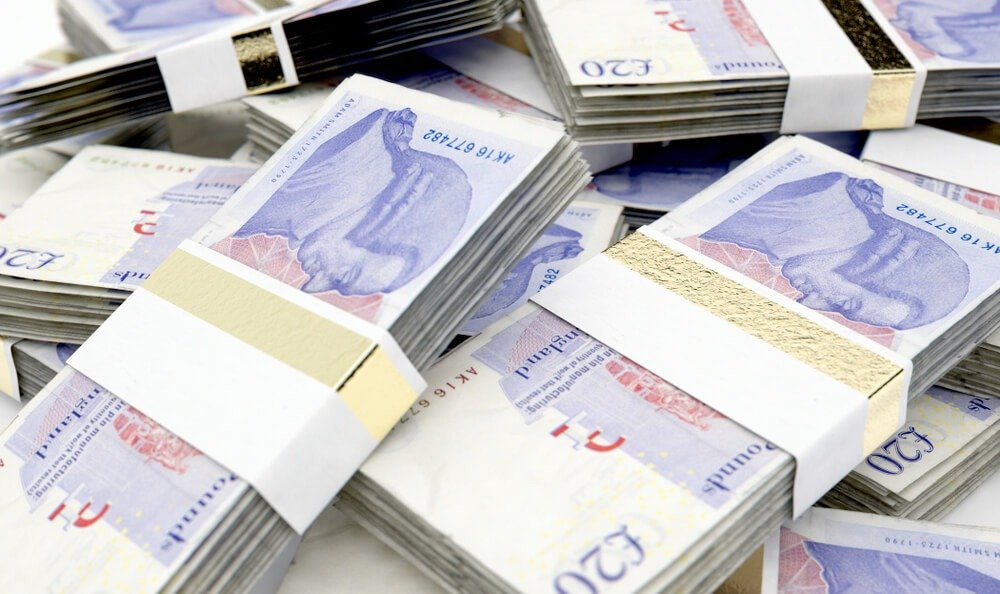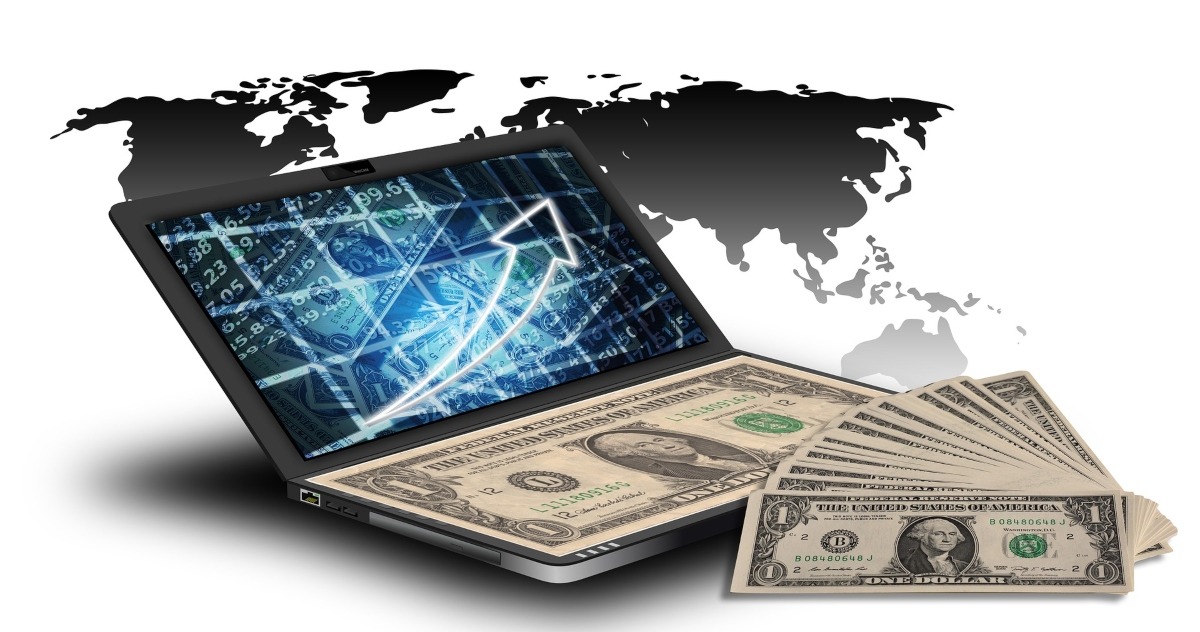Currencies are continually fluctuating, but there is a currency, for example, that is the strongest for years, and you would probably guess it. Many of you would say that the British Pound is the strongest currency (since living there is also pretty expensive), but no, there are four currencies above the British Pound that are more valuable!
We compiled a list of the strongest currencies by value, which are also the top ten most powerful and valuable. Keep reading, and be surprised! We will start from the strongest to the weakest, and compare it to the American dollar to make it easier to understand the difference.
1. Kuwaiti Dinar (KWD)
Kuwaiti Dinar holds the highest value currency place in the world since 2007, so let’s compare it to the US dollar:
1 KWD = 3.27 USD
You are probably thinking about how such a small country can have the most valuable currency? Everything in the world is still about oil export, no matter how much influence, both positive and negative, the global climate can have.
Kuwait has a stable oil economy, with highly developed production and export, so they can cash in what they have in store. Kuwait is also considered to be one of the wealthiest countries on the planet. Take into consideration that more than 80% of Kuwait’s revenue comes from the oil industry only.
Surprisingly, Kuwait is a tax-free country with a stable economy and one of the lowest unemployment rates. This is what makes it the strongest currency right now.
2. Bahrain Dinar (BHD)
This is the second most valuable currency from a country with a population of over 1 million people. Bahrain’s income comes from the “black gold” (oil) export.
1 BHD = 2.66 USD
Fun fact, the Bahrain Dinar is pegged to the US Dollar exchange rate, and its rate against the US Dollar has remained stable for almost 15 years.
3. Oman Rial (OMR)
Oman is located on the Arabian Peninsula, and its location helps the country a lot in terms of economy and high quality of life.
1 OMR = 2.60 USD
The Oman Rial is also pegged to the US Dollar and is one of the highest value currencies since the government itself had problems when issuing banknotes since the purchasing power is so high.
4. Jordan Dinar (JOD)
We have a weird case here, since Jordan is a very undeveloped country, without essential resources, so it remains a mystery how it ended up being fourth on the list of strongest currencies.
1 JOD = 1.41 USD
5. British Pound Sterling (GBP)
We finally came to the infamous British Pound, which is number FIVE on the list!
1 GBP = 1.31 USD
Since every British Colony issues their bills, there are several banknotes, such as North Ireland, Scottish banknote, Manx, Jersey, Falkland Islands Pound, etc.
6. Cayman Islands Dollar (KYD)
The Cayman Islands are famous for their best tax policies (especially when you have lots and lots of money). Thanks to that, they have licenses for hundreds of insurance companies, banks, and hedge funds, putting them in the sixth place.
1 KYD = 1.22 USD
7. European Euro (EUR)
European Euro had its rise and fall, but it has strengthened a lot for the past couple of years. This is because it is officially a currency in European countries. Also, Euro serves as a second reserve world currency enveloping all global savings (around 22%).
1 EUR = 1.19 USD
8. Swiss Franc (CHF)
We are familiar with the country of banks, watches, and chocolate. Their bank policy is called “Bank Secrecy, ” which brings customers all over the world.
1 CHF = 1.10 USD
9. US Dollar (USD)
We will compare the dollar to Euro here:
1 USD = 0.85 EUR
The United States’ world economic leadership allowed it the title “World Reserve Currency” since you can make dollar payments in any country in the world, having the highest exchange rate.
10. Canadian dollar (CAD)
The Canadian dollar may be the last here, but it’s the number five on the most significant reserve world currency list.
1 CAD = 0.75 USD
What influences the high value of the currency?
Most people would turn to the country’s economy, but take Japan as an example; they have the most stable economy, but the value of their money is deficient. There are many reasons why a currency can increase or not. If it’s continuously strengthening, the population will begin to save it, and therefore the constant flow will stop. For investors, it seems like it’s better to consider the most stable currencies and look less at the country’s economy.
















